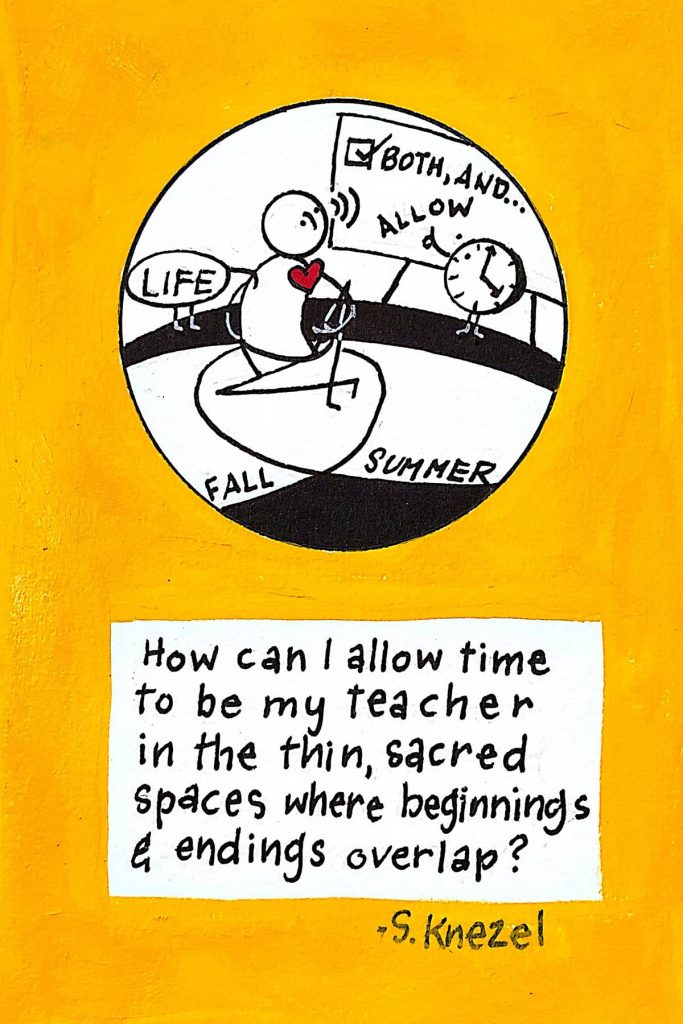
In the early 2000s, if someone were to mention online gaming, the average American might have pictured teenagers sitting in living rooms, gripping plastic controllers, and shouting into their headsets. It was easy to dismiss such behavior as harmless, where young gamers practiced their trash talk in the privacy of their own homes.
Few recognized that a nasty undercurrent of sexism, racism, and homophobia was developing in those spaces. Fewer still could have predicted that, decades later, some of the same voices would evolve into a powerful current of political hate, fueling an entire army of trolls committed to online harassment and real-world disruption.
Yet that is precisely what has happened. What was once limited to shouting slurs in a Halo match has metastasized into an aggressive cultural phenomenon. The roots of this toxic male culture run deep, nurtured by anonymity, incubated within insular communities, and propelled by a broader societal willingness to look away.
Over the years, that mentality infiltrated political conversations, social media platforms, and online forums dealing with everything from entertainment to current events. The angry vitriol once dismissed as “boys being boys” in chat channels now resonates through news feeds and public discourse in ways that erode the social fabric, warp America’s understanding of manhood, and threaten to undermine the very ideals upon which the country once prided itself.
Long before streaming services like Twitch turned gaming into a spectator sport, online games offered a sense of unregulated freedom. It was a new frontier. Gone were the days of arcades where a sore loser might have to face an opponent in person. Instead, teenage gamers who were overwhelmingly young and male could hide behind screen names and avatars.
The shroud of anonymity emboldened them to push the boundaries of “edgy” humor. Slurs were thrown about casually. Disparaging remarks about women, LGBTQ+ individuals, or racial minorities served as the comedic currency of these virtual circles.
Some participants certainly cringed at the language, but the dominant culture, both within these games and in mainstream perceptions, tended to shrug it off as harmless fun. The bigotry was seen as a misguided extension of competition, the result of raging hormones, or an unrefined attempt to be “cool.”
Over time, a dangerous normalization began to settle in. Similar to how repeated exposure to violence can cause desensitization, repeated exposure to hateful or misogynistic language reduces its shock value. Before long, it was not just the same old kids hurling epithets in late-night gaming sessions.
As the demographics expanded and more people joined online communities, those with already extremist leanings discovered a perfect recruiting ground. Discord servers, private forums, and comment sections turned into breeding grounds for radicalization. Trolls, emboldened by the same anonymity that had once protected teenage gamers, began weaponizing online rhetoric.
What started as a subculture of mean-spirited jabs among gamers intersected with nascent political movements in the mid-to-late 2000s. Right at the time when social media platforms were blossoming, extremist voices found new ways to insert themselves into these digital enclaves.
Politically oriented groups recognized an opportunity. They could harness the rage and frustration bubbling in these virtual spaces by providing them with ideological talking points. Gamers who felt disenfranchised, who had grown up seeing themselves as outcasts or losers, were offered a new sense of belonging and purpose.
All the resentments that had been building, from economic anxieties to cultural shifts, were given an outlet and a scapegoat. Minorities, immigrants, women, LGBTQ+ communities, or anyone who did not align with a narrow definition of “real American” became the targets for blame.
Around that time, a wave of influential personalities who were either part of the gaming community or savvy enough to exploit it began to produce commentary aimed at stoking fears and validating toxic attitudes.
On YouTube and emerging social networks, these figures built personal brands around rebelliousness, mocking political correctness, and painting themselves as heroic defenders of “free speech.”
To a group of men who already enjoyed watching their gaming idols trash-talk opponents online, it was easy to extend that admiration to personalities who called out “social justice warriors” or posted hateful memes. These fans were primed to view any critique of their conduct as an infringement on their liberty.
The lines between the digital world and the real world, so often assumed to be distinct, blurred quickly. This change is especially evident in how the language of gaming seeped into political rallies and social commentary.
The same lexicon of dominance and humiliation, where a “kill” in a shooter game offered a momentary sense of power and accomplishment, translated into calls to “own” or “destroy” political adversaries. No longer was it enough to disagree with an opponent, the goal became to mock and discredit them as brutally as possible.
Online, this strategy often manifested as “brigading,” where swarms of trolls would coordinate attacks on social media posts or public figures, unleashing waves of harassment that could involve doxing, sharing private information, or spreading malicious rumors.
Offline, rallies and protests took on a similar antagonistic tone. Physical confrontations, while still relatively rare, grew in frequency, overshadowed by the far more pervasive digital warfare playing out in livestreams and hashtags.
The consequences for American society have been severe. Civil discourse, once governed by at least a nod toward decorum, is increasingly drowned out by toxicity. This phenomenon erodes public trust in institutions, whether it be the media, government agencies, or educational establishments.
Misinformation, often riddled with hateful or scapegoating undertones, spreads like wildfire through echo chambers where dissenting opinions are mocked or violently dismissed. The American idea of masculinity itself has taken a beating. Instead of embodying principles like responsibility, empathy, or courage, many online spaces champion a warped version of manhood that thrives on intimidation, cruelty, and the relentless pursuit of social dominance.
Women bear the brunt of much of the vitriol. Female journalists, politicians, and game developers speak openly about receiving death threats, sexual violence fantasies, and targeted harassment campaigns. Female gamers, in particular, have often found themselves ostracized or forced to hide their identities to escape the onslaught of misogynistic language.
Attempts to address gender disparities or to talk about sexism in games have frequently triggered tsunami-like waves of harassment, drowning out the original message in a flood of personal attacks and conspiratorial allegations. These patterns also intensify the insecurities of young men who see their self-worth as measured by how ruthlessly they can put others down.
People of color, LGBTQ+ individuals, and immigrants are similarly targeted, and the hostility they face online often translates into real-world acts of violence. Hate crimes in the United States have seen a documented increase in recent years, with digital platforms playing a key role in both radicalizing perpetrators and amplifying hateful ideologies.
A culture that once joked about “frags” in an online game has seamlessly adapted to celebrating the public humiliation of perceived enemies, whether they are journalists, political rivals, or entire demographic groups. Through repetition, these extremist talking points have gone from shocking outbursts to a form of background noise, something Americans see so frequently on their timelines that it barely registers.
How can a nation so deeply enmeshed in this digital hostility find a way to detoxify its culture? Deprogramming an entire populace is a daunting prospect, but there are tangible steps that can be taken. Part of this responsibility lies with the tech companies that manage the platforms on which so much of this hate proliferates.
Aggressive moderation, stricter guidelines against harassment, and transparent processes for reporting and removing hateful content can curb some of the worst abuses. Though critics often cry “censorship,” there is a compelling argument that curbing harmful speech is essential in maintaining civil discourse and safeguarding marginalized groups.
Education is another powerful tool. Schools can implement digital citizenship curricula that teach young people how to navigate online spaces responsibly, analyze media critically, and understand the impact of hateful or bullying language. Instead of offering simplistic “just ignore the trolls” advice, educators can provide nuanced discussions about how anonymity and groupthink can corrode empathy. This approach needs to extend beyond schools as well.
Nonprofits, community groups, and even workplaces can offer workshops that encourage respectful communication and conflict resolution. Teaching people to recognize manipulative tactics, such as deliberate attempts to provoke anger or foster divisiveness, can help reduce the emotional fuel these trolls thrive upon.
Beyond institutional change, there must be a cultural reckoning with the notion of masculinity. This requires a shift in the public imagination. Athletes, actors, and influencers — figures with significant sway over cultural norms — have an opportunity to champion values like empathy, kindness, and responsibility as core aspects of manhood.
Depicting men who show vulnerability or who collaborate with others as weak is a trope that needs retiring. Replacing that worn-out narrative with a more expansive, humane vision can inspire the next generation to see themselves not as perpetual conquerors but as cooperative participants in a shared social fabric. It is a slow process but an essential one if we are to break the cycle that glorifies aggression as the defining trait of male identity.
Family and peers play an equally important role. Toxic ideas often take root in casual conversations through jokes that punch down, offhand remarks about women, or reflexive hostility toward certain groups. If such language is confronted rather than laughed off, its power diminishes.
Calling out a friend for making a sexist remark can feel uncomfortable, but that discomfort pales in comparison to the toxic environment created by widespread silence. Similarly, offering support to those who are targeted by online or offline harassment—standing with them publicly, reinforcing their safety—sends a message that the majority does not condone such behavior.
For those who are already deeply entrenched in toxic online circles, meaningful exit ramps are necessary. Community-based programs that assist in de-radicalization, mental health support that addresses underlying issues of isolation or resentment, and peer groups that model healthier forms of interaction can help individuals find a better path.
Although such a strategy will not work for everyone, each success story chips away at the broader culture of hate, setting an example of possibility for others teetering on the edge. Ultimately, America now stands at a crossroads. A country that prides itself on freedom, individuality, and innovation finds those ideals threatened by the relentless hostility that has seeped from gaming chat rooms into mainstream discourse.
Deprogramming toxic culture means reevaluating everything from how we communicate online to how we raise our children, engage with our neighbors, and envision our political processes. The transformation won’t be immediate, nor will it be easy. But in championing a culture that rewards respect over aggression and empathy over dominance, America can reclaim its foundations and offer a renewed vision of what it means to be strong, free, and unapologetically human.
That vision depends on each stakeholder, from tech companies, educators, lawmakers, community leaders, families, and individuals to take concerted action. By confronting the darker legacies of online gaming culture, acknowledging the real-world harms that follow, and striving to foster dialogue that uplifts rather than degrades, the nation can begin to dismantle the toxic towers built on years of hateful chatter.
The soul of American masculinity is worth fighting for, as is the integrity of American public life. And if the story of toxic gaming culture tells us anything, it is that when communities mobilize they can shape the future in profound ways. Let the next chapter be one of reformation, understanding, and renewed respect for the ideals that America holds dear.
© Art
Dall-E













